We look back at the east coast publication ‘Video X’ by re-publishing all the issues published in 1981. Video X was a Miami-based product sales-focused magazine published by gay impresario named Donald Embinder.
The 1981 issues include interviews and pictorals with Veronica Hart, Samantha Fox, and Danielle; reviews of films such as Inside Desiree Cousteau, The Satisfiers, and Amanda by Night; and much more.
Fully digitized copies of each 1981 magazine can be found in the article below. You can find The Rialto Report’s growing collection of digitized resources by choosing Library in our site menu.
Click on the covers below to access the full magazines. Due to the fact that the magazines are scanned in high definition, allow time for each page to load. If you are viewing on a phone, view in landscape orientation.
‘Video X’ magazines are fully searchable; use the icon displayed in each magazine to search by keyword.
Publications are being shared here purely for the purpose of research. They should not to be used or reproduced for any commercial gain.
_______________________________________________________________________________________________
Video X magazine: The Origin Story
1. Donald Embinder
In the 1960s, Donald Embinder was working at Towson University, a public institution located in Maryland. After leaving his respectable job as a college administrator, Embinder moved into real estate and developed a series of commercial interests in gay nightlife venues.
In October 1971, he helped Donn Culver and Bill Bickford open the Lost and Found – one of Washington DC’s first gay-oriented discos, located at 56 L Street SE. Within a year, the Lost and Found was an institution: a 45,000 square foot dance club that sponsored spectacular shows, won a grand prize for its float in the 1972 Mardi Gras parade, and became the place to go for Sunday brunches and tea dances.
Embinder’s next project was The Hippopotamus – a gay club in Baltimore with one of the largest dance floors in the state – that he founded with partner Kenny Elbert in July 1972. It became a staple of Baltimore gay nightlife with nearly 5,000 patrons visiting each weekend.
In 1973, Embinder moved to Fort Lauderdale where, within weeks of arriving, he announced his intention to stand for Mayor of nearby Hollywood. Embinder could be economical with the truth when it came to his own past, and he said to the press that he had been “an assistant professor of business management at a Baltimore college” before coming to Florida. His anti-corruption platform drew much publicity in local newspapers, but failed to ignite the electorate.
Turnout for the October 1973 election was low, and the incumbent mayor won re-election by a landslide. Undeterred, Embinder applied for the role of Budget Officer for the town of Hollywood – this time describing himself as “a former budget officer at Towson State College.”
Embinder was unsuccessful, but by this time he had other plans. He had come across a small black and white journal called Blueboy that had taken his interest.
2. Blueboy magazine
Embinder re-imagined Blueboy as a full-color glossy magazine that combined tasteful nude photographs and erotic fiction with articles on dating, politics, and gay culture. It would be a high-end alternative to the growing pack of increasingly explicit gay magazines.
Embinder reinvented himself again, this time stating in interviews that he had been an advertising manager for After Dark, an arts magazine with a substantial gay readership. He purchased Blueboy and debuted the new publication in 1974 – touting itself as, “The National Magazine About Men.” The inaugural cover was a playful parody of the Blueboy painting by 18th century master Thomas Gainsborough.
Blueboy began as a glossy gay male magazine that covered the Washington D.C. area, but by volume 2 in 1975 it had moved to Miami, Florida. By the fourth issue, Embinder had secured national distribution, and the magazine grew from 26,000 subscriptions in 1975 to over 100,000 subscriptions in 1976.
Blueboy was quickly becoming a cornerstone of gay culture. It featured softcore pictorials, fiction, news features, essays, social commentary, and pieces on music and entertainment. Typical articles concerned social climbing, the latest fashions, picking up strangers, television and film reviews, and the secrets of love. It also touched on more pressing issues such as politics and gay rights, and featured interviews with or profiles of Andy Warhol, Truman Capote, Christopher Isherwood, and William S. Burroughs. (In the 1980s, singer Cyndi Lauper mentioned the publication in the first lines of her song ‘She Bop’: “Well, I see him every night in tight blue jeans, in the pages of a Blueboy magazine.)
But from the beginning, Embinder was interested in producing more than just a magazine: he wanted Blueboy to be a lifestyle brand. In conjunction with other businesses, he developed an array of personal items, clothing, stationery, beauty products and home furnishings. Blueboy-branded businesses included Blueboy Library: a collection of novels, and regional LGBTQ nightlife magazines in both New York and Los Angeles titled ‘Knight Life’. He also started Blueboy Forum, a late-night talk show broadcast from a Florida TV network and billed as “the nation’s first weekly, live sponsored forum from a gay perspective.” He invited two of the 1976 presidential candidates to participate in the first episode. Both declined.
The success of Blueboy lead to a new level of visibility for Embinder. When the magazine was first launched, he used the nom de plume ‘Don Westbrook’, but soon assumed his real name on the masthead. Why not? Embinder was a good-looking, articulate, and attractive spokesperson, and he actively courted the media – who returned the interest. He appeared on television chat shows like Phil Donahue and Tom Snyder, college panel discussions, and in press interviews. He spoke about and for the gay community, but always made sure he was promoting his own business interests.
In September 1976, Embinder made his most ambitious move yet. He purchased the venerable Lauderdale Beach Hotel in Fort Lauderdale. The six-story property included a complex of other buildings, gardens, and tennis courts and was situated along the Intracoastal Waterway. It had been one of the first major developments on the Fort Lauderdale beach when it opened in 1936, catering to conservative upper-middle-class Florida tourists. Embinder’s intention was to turn the hotel into a gay resort, though at first he was more circumspect about this: ‘We intend to cater to both homosexuals and heterosexuals,” he initially said when challenged by the press.
The hotel opened – as an all-gay venue – in October 1976, and the first winter season was a modest success.
3. In Bed with My Donor
Embinder’s rapid ascent begged one important question: where was the money that funded such rapid expansion and large investments coming from? It wasn’t from the success of Blueboy which, despite its increase in circulation, was still making a loss. The short answer was the mob. The longer answer was William Bittner, the owner of Casa Luigi restaurant, a popular mob restaurant in Miami that had recently burned down under suspicious circumstances.
Embinder and Bittner had become partners on Blueboy magazine, when Embinder wanted to expand the range of his operations. Bittner connected Embinder to the people and money that made this a reality. Bittner had a long rap-sheet for distribution of pornography. One indictment from 1973 revealed that he was directly tied to the elderly New York mobster Ettore Zappi, identified by a U.S. Senate subcommittee as one of the most senior organized crime members. A ‘Capo’ in the Gambino crime family, no less. According to court records, Bittner had been operating a duplication facility and distribution network on behalf of Zappi with noted pornography figure Mike Thevis. The charges were eventually dropped but not before many of the details of the illicit operation had been revealed.
Zappi moved down to Fort Lauderdale in the early 1970s, and continued to work with Bittner on real estate and pornography ventures. It was there that they planned their next operation.
In 1976, Embinder and Bittner took control of the Lauderdale Beach Hotel in Fort Lauderdale via a complex series of mortgages, leases, and sub-leases designed to obscure the fact that the deal was funded by Zappi. Embinder was listed as the owner and Bittner remained in the background, introduced only as ‘head of security.’
But problems began when Embinder applied for a liquor license for the hotel. The State Division of Alcoholic Beverages and Tobacco began asking questions. Where did all the money come from? When they received vague answers, the State Division started asking other questions like where did all the money go?
The authorities learned that in the first six months of the hotels’ operation, Embinder and Bittner had spent a $500,000 loan, received from a Cayman Islands corporation, on improvements and renovations. The problem was that there was no way that the hotel showed any evidence of that amount of work. With the evidence piling up against Embinder and Bittner, it would perhaps have been a good idea if they hadn’t hired Ettore Zappi’s nephew, Ronald Zappi, as the hotel’s ‘drink manager’. When asked about his connection to the mobster, Ronald replied, “Hey – I just share the same name. I can’t help who I’m born to.”
When no satisfactory answers were received to their questions, the State Division stated that it had no option: the application for the Lauderdale Beach Hotel’s liquor license was rejected in early 1977.
Without a liquor license, the hotel had a problem. In fact, it could barely call itself a hotel. The big plans that Embinder had for the business quickly foundered, and the hotel struggled. It was the first time that one of Donald Embinder’s ventures lost a large amount of money, and it called for a re-think.
What happened next showed that someone was re-thinking a little outside of the box.
4. Fire!
On March 21st, 1977, the Lauderdale Beach Hotel suffered a fire after an electrical transformer malfunctioned. Two weeks later the hotel suffered another, worse fire that was said to have come from a “suspicious origin.” Then in mid-April, a major blaze tore through the building. The fire gutted the first two floors, and more than 200 people were evacuated.
Were the fires caused by the owners ignoring health and safety regulations, bad luck, or something more sinister? Investigators suspected foul play when they found evidence of a large quantity of flammable liquid in one of the rooms where the fire started. Whatever the cause, no charges were brought, and the hotel closed down in April 1977.
But Embinder wasn’t the type to remain idle for long, and he and William Bittner were already negotiating to buy a gay nightclub, The Tangerine, at 624 SE 28th St in Fort Lauderdale. On the day the contracts were due to be signed, the building burnt down and the transaction was aborted. (The club swiftly re-opened under the former management but immediately experienced an armed robbery in which $10,000 was stolen. Five months later Bittner was arrested for the crime, which the police suspected was committed in retaliation for the failed deal. The trial later collapsed, and Bittner walked free.)
Undeterred, the Embinder/Bittner partnership decided to invest in a gay nightclub in Atlanta, The Magic Garden, which was to be managed by their former hotel ‘drinks manager’, mobster-nephew Ronald Zappi. On August 31st, 1977, four days after it opened… you guessed it: it burned down. These weren’t isolated incidents. More gay nightclubs across the country – a number of them with connections to Ettore Zappi or William Bittner – were burned down.
The newspapers loved it: they called it “the gay nightclub wars” and reported all the salacious details. “Someone crept onto the roof, poured gasoline down a ventilator, and burned half the place out. It was a familiar calling card in the turbulent world of gay nightclubs. Arson, death-threats – and death threats carried out – have been tools of the trade in a vindictive struggle for Atlanta’s increasingly profitable homosexual market,” wrote one journalist. Politicians entered the mix, and railed against the spate of fires: Rep. Barney Frank called the clubs, “the most obnoxious and irresponsible drinking establishments,” and decried the corrupt relationship between the club owners and the police.
As a result of suspicions relating to financial irregularities, arson, and connections to organized crime, federal authorities embarked on a multi-year investigation of the various people involved – including Embinder himself.
5. The Rise of Donald Embinder
Donald Embinder was a Teflon character. For all his problems, he was not retreating. Far from it. Blueboy magazine was selling better than ever – 135,000 copies sold in each month of 1978 – and Embinder spoke about how it would top 1,000,000 copies soon. It was now distributed by Flynt Distributing Inc., the company behind Larry Flynt’s Hustler Publications, which gave the magazine even more credibility. And Embinder continued to diversify his publishing group, launching magazines such as a raunchier gay rag ‘Numbers,’ and ‘For Women Only’ – a collection of “cute male models.
Embinder was profiled in glowing terms in major magazines, that overlooked – or were unaware of – his association with organized crime. At all times his carefully cultivated persona stressed that he “was just a marketing man that happens to be gay.” His official bio now referred to a stint working as an advertising executive on large accounts such as Proctor and Gamble. The media had a new gay best friend: “There’s no confusing Donald Embinder for a screaming, radical faggot,” one wrote.
Embinder’s pitch was that gay men had higher levels of discretionary income than their straight counterparts due to the fact that had no kids, baby-sitters or insurance policies to worry about. In fact they’d been ignored by advertisers for too long. Embinder spoke about how he had structured Blueboy around a simple concept: once you have a man’s attention through the magazine, why not exploit that and sell him other products? The genius was that most of the advertisements in the magazine were for products that his own Blueboy company sold. It was an effective, not to mention ruthless, exercise in cross-promotion: If you’re interested in reading articles about a gay lifestyle, why not treat yourself to products from the same tried-and-trusted source as the magazine in your hands?
However the finances behind the business didn’t always add up. Blueboy had made loss in each of the first four years of its short life. In 1977, Embinder declared that revenues were just over $2 million. In reality, it was half that amount – and the company made a loss of $27,000. In 1978, Blueboy made its first profit of $250,000. Claims that Blueboy was reaping revenues of $7 million were wide off the mark – the real figure was closer to $3 million.
The truth was that cash flow wasn’t a major problem as long as Embinder was financed by Zappi. But he wanted legitimacy, and so in 1979 he raised $756,000 via a public offering of 210,000 shares in Blueboy. As always, he hit the publicity circuit, claiming that Blueboy was now the very first public vehicle whose products were aimed almost exclusively at a homosexual market.
The SEC filing for the public offering stated that Embinder was now publishing nine special interest magazines, 32 paperback books, and “various products” advertised in the magazines. In addition, he held interests in a company selling the then-popular stimulant butyl nitrate, ‘Knightlife’ – a weekly entertainment guide for gays, and the ‘San Francisco’ nightclub in Miami. He spoke about new magazines (he debuted ‘For Women Only’ in 1979, aiming to dethrone ‘Playgirl’) and a series of Blueboy discos and clubs in cities like Miami, Toronto, Los Angeles and Sydney, Australia.
By the end of the 1970s, Bittner and Zappi said to Embinder that he should apply the same business model and tap into the straight male market. Embinder had resisted this idea for years. He identified strongly with the gay product he had developed. But if there was easy money on the table, it would be rude not to take it.
With the rise in interest in adult films as a result of home video, they created Video X magazine.
6. Video X magazine
The first issue of Video X magazine came out in March 1980 – and was produced out of a new Miami building that Embinder had built at a cost of $300,000. The Blueboy company was headquartered there, though printing for the magazines was done in New York by the printing company Goshen Litho. The address for the Miami office was poetically and appropriately-named: 6969 NW 69th St.
William Bittner was once again onboard, as always working behind the scenes to provide mob funding and distribution networks. His name may not have been on the magazine’s masthead, but his long-time girlfriend, Maria Freedell, was listed as the magazine’s Vice President.
The task of managing the day to day operations of the magazine was given to Bob Barco (aka Robert Barkow). Barco had been listed as a ‘production consultant’ on Blueboy magazine, but his involvement in pornography dated back to the 1950s when he was arrested for taking nude photographs in New York. Throughout the 1960s and 1970s, he fronted an extensive network of sex-oriented distribution companies that were set up by the Lucchese mob family. The businesses were often busted by the police, but the charges never stuck. Barco had protection from organized crime families, so each time he just started up again and continued to make money. With long-standing relationships with the adult film companies and a background in publishing and distribution, Barco was a smart choice to manage the magazine.
If you picked up the inaugural copy of Video X in its first year, you could be forgiven for thinking it was just another magazine interviewing porn stars and reviewing the latest adult films to be released on video-cassette. That was only half the story.
True to the cross-marketing approach adopted on Blueboy, Embinder was less interested in the magazine, and much more concerned with what else he could sell to magazine buyers. Video X was just a quasi-surreptitious way of getting the attention of a large group of men. And the first product Embinder wanted to sell them was video cassettes.
To avoid accusations of having conflicts of interest, Embinder and Bittner set up a separate company, ‘Vydio Philms’, using the contacts and financial muscle of Ettore Zappi and the Gambino family. Its address, a P.O. Box in Surfside just down the road from the Video X offices, was merely used to forward all mail back to Embinder headquarters in Miami. By no stretch of the imagination could Vydio Philms be described as a large company in its own right. It was just a clearing-house for products from major production houses such as Essex, Cal-Vista, and Quality X, with whom Zappi associates had relationships.
It was a naked effort to get readers to buy videos: on page six of the very first issue, a ‘Buyers Guide’ featured a four-page list of films available, all priced at $99.99. The guide was described as the “most comprehensive lineup of erotic video features available anywhere in the world. For the very first time you can order any of the these fabulous titles directly from Video X magazine.” Vydio Philms also offered other non video-cassette products including their Pretty Girls series – 8mm and Super-8 films, as well as Pretty Girls magazines.
To entice readers into buying video cassettes, the magazine had features on the films. But the films were not reviewed as they were in other magazines: Embinder and Barco figured that the best way to interest potential buyers was just to recount the plots in detail. There was no attempt to be topical either – some of the films described were new; others were several years old. And in another departure from competitors, hardcore gay films were also covered – including films like John Amero’s ‘Navy Blue’ and ‘Men Come First.’
Embinder recognized that not everyone had a video player in the late 1970s. They were large and expensive, and many customers were on the fence about making the investment. To encourage readers to make the leap, Video X had a regular column showing the cutting-edge hardware available to watch video cassettes or cable television. One bleeding edge product featured was the BetaMax SL-5400 which allowed users to search for an exact segment on a video cassette at three times the normal playing speed. Mind. Blown.
There were many other sexual novelties that Embinder wanted to sell – all available from the Video X office address at 6969 NW 69th St. What type of products? Just about anything you could imagine. It seemed that there was no limit to Embinder’s imagination – or shamelessness: the Senora Orgasmo (don’t ask…) and Electro Squirmy (really, please don’t ask…) were among the first products given rave reviews.
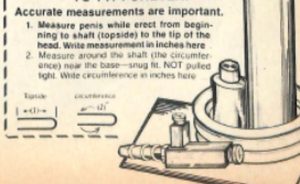 The PenisSIZER PLEASURIZER (the idiosyncratic capitalization is courtesy of the ad itself) was offered via a tagline that read “Announcing the End of Sexual Frustration and Boredom for the Rest of Your Life!” A progenitor of the modern day Fleshlight, it was described as “A Pleasure Machine Men Have Dreamed of For Centuries” and promised “Mind Blowing Sex Whenever You Want It.” The product was “custom fitted to you, to fit forever!” which in turn required the customer to perform some “accurate measurement” work in advance.
The PenisSIZER PLEASURIZER (the idiosyncratic capitalization is courtesy of the ad itself) was offered via a tagline that read “Announcing the End of Sexual Frustration and Boredom for the Rest of Your Life!” A progenitor of the modern day Fleshlight, it was described as “A Pleasure Machine Men Have Dreamed of For Centuries” and promised “Mind Blowing Sex Whenever You Want It.” The product was “custom fitted to you, to fit forever!” which in turn required the customer to perform some “accurate measurement” work in advance.
Did you want a Playmate sex doll? You could choose from six different versions – including Lovely Linda, Young Elsa, and Sweet Sugar – all available for only $19.95, though for that price one can only guess what would have greeted you when you opened the box.
A selection of sexual enhancement creams was also available: ‘Femme Climax Cream’ (sensitively advertised by asking “Women! Are you frigid?”) and its male counterpart, ‘Instant Erecto Cream’ (which would set you back “$10 for a 10 Day Supply” – though how much actual cream you needed for 10 days surely depended on the amount of horizontal jogging the buyer had in mind.)
Speaking of creams: Shouldn’t your special lady be buying “New Romance. The Feminine Rejuvenating Cream That Makes Her 20 Years Younger”? Why should this be important to you? Quite simply gentlemen, because “You’re Not Too Small. She’s Too Big.” Of course.
If that wasn’t enough ‘SGM’ promised a “new concept in penis enlargement.” Curious? Well, it “incorporates a device that avoids the dangers of vacuum methods while enlarging the internal structures which underlie the penis, and the penis itself, through a combination of scientifically developed exercises and hydro-thermal therapy. It requires one hour a day for 100 days.” Phew. And ouch.
What if you wanted a legal high? You could buy Discoroma (“a liquid incense… the aroma for dancers”) described as a liquid butyl nitrate-based product and “virtually the most powerful product on the market for provoking furious fandangoes of non-stop fornication.” Alternatively how about Snocaine (“Set your expectations high: Snocaine’s fine white powder will satisfy them”) which was “a specially developed scent patterned after the burnt offerings of coca leaves traditionally used in aphrodisiac rituals by the Incas of the High Andes.” Si señor!
Thankfully it wasn’t just sex, sex,and more sex. For example, what should you do with your growing video cassette tape collection? The answer was that you needed to buy a wood cabinet… and guess where you could get one?
All of these products, and more, could also be ordered from the same Video X address.
Occasionally, Video X magazine broke away from the format of adult films articles and copious advertisements. For example, the July 1980 issue featured an extensive selection of pictures from erotic photographer Ron Raffaelli. But where could the admiring onanist see more of them? Relax: the following month, Vydio Philms advertised a selection of Raffaelli’s books for sale. It was all part of Embinder’s master plan.
Video X also introduced a mail order video rental service: like Netflix, years before Netflix was conceived. For the special price of only $250, you could become a ‘Blue Ribbon Member’ which entitled you to a two-year subscription to Video X magazine, a free adult tape of your choosing, and rental of “up to 20 titles from our Special Connoisseur’s Collection” (at an additional cost of $20 each).
Video X was becoming a one-stop shop for all your needs.
Some historians have commented that magazines like Video X effectively became the publicity wing of the adult film industry, but that ignores the way that this magazine exploited the film business to make money for itself. This relationship was synergistic.
Video X did well in in 1980, its first year. It wasn’t the ground-breaking, critically-acclaimed publication that Blueboy had become, but it was nevertheless making money for Embinder, Bittner, and their associates. Lots of it.
The Rialto Report will revisit subsequent years of Video X magazine shortly.
____________________________________________________________
‘Video X’: The Complete 1981 Issues
February 1981 (Vol 12)
(click on cover to view full magazine)
Contents:
____________________________________________________________
March 1981 (Vol 13)
(click on cover to view full magazine)
Contents:
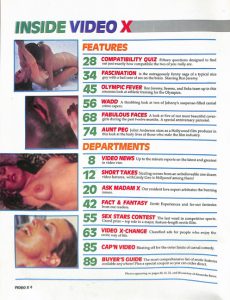 |
-The Video X Sexual Compatibility Quiz -‘Fascination’ review -‘Olympic Fever’ review -‘Jade Pussycat’ review -‘China Cat’ review -Beautiful covergirls feature (including Kelly Nichols and Desiree West) -‘Aunt Peg’ review |
____________________________________________________________
April 1981 (Vol 14)
(click on cover to view full magazine)
Contents:
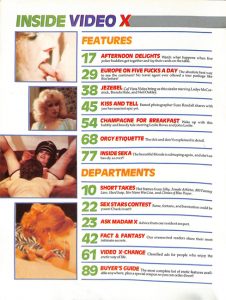 |
-‘Afternoon Delights’ review -Europe on Five Fucks a Day -‘Jezebel’ review -‘Kiss and Tell’ review -‘Champagne for Breakfast’ review -Orgy Etiquette -‘Inside Seka’ review |
____________________________________________________________
May 1981 (Vol 15)
(click on cover to view full magazine)
Contents:
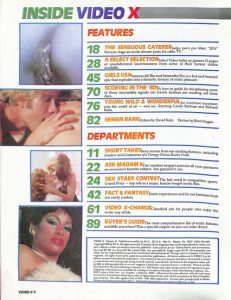 |
-‘The Sensuous Caterer’ review -‘Girls USA’ review -Scoring in the ’80s -‘Young Wild & Wonderful’ preview -The Semen Bank |
____________________________________________________________
June 1981 (Vol 16)
(click on cover to view full magazine)
Contents:
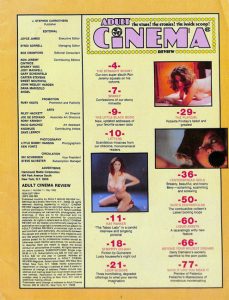 |
-TBD |
__________________________________________________________
July 1981 (Vol 2, Issue 5)
(click on cover to view full magazine)
Contents:
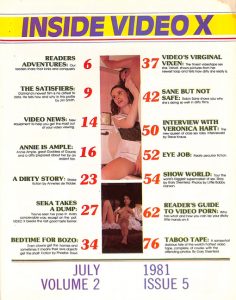 |
-Inside Damiano’s ‘The Satisfiers’ -Annie Ample profile –Seka Takes a Dump -Velvet Summers profile -Robin Sane profile –Veronica Hart interview -Show World profile |
____________________________________________________________
August 1981 (Vol 2, Issue 6)
(click on cover to view full magazine)
Contents:
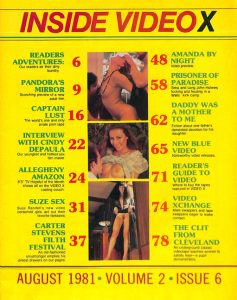 |
-‘Pandora’s Mirror’ review -‘Captain Lust‘ review -Cindy Depaula interview -The Allegheny Amazon –Suze Randall loops review –Carter Stevens films retrospective -‘Amanda by Night’ review -‘Prisoner of Paradise’ review |
____________________________________________________________
September 1981 (Vol 2, No. 7)
(click on cover to view full magazine)
Contents:
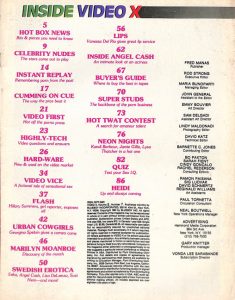 |
-Celebrity Nudes -Cumming on Cue -Video’s Super Studs -‘Flash’ review -‘Urban Cowgirls’ review -Marilyn Moanroe profile -‘Lips’ review -Inside Angel Cash |
____________________________________________________________
October 1981 (Vol 2, No. 8)
(click on cover to view full magazine)
Contents:
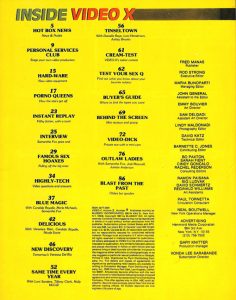 |
-Direct Your Own Hardcore Feature -Ugly George bulletin -Porno queens (including Serena, Gloria Leonard and Jennifer Welles) -Samantha Fox interview -‘Blue Magic’ review -‘Delicious’ review -Becky Bennett profile -‘Same Time Every Year’ review -‘Tinseltown’ review -Test your Porno Sex-Q |
____________________________________________________________
November 1981 (Vol 2, No. 9)
(click on cover to view full magazine)
Contents:
____________________________________________________________
December 1981 (Vol 2, No. 10)
(click on cover to view full magazine)
Contents:
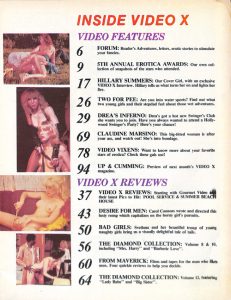 |
-5th Annual Erotica Awards -Hillary Summers interview -Drea’s Inferno -‘Desire for Men’ review -‘Pool Service’ review -‘Summer Beach House’ review -‘Bad Girls’ review -‘Pro Ball Cheerleaders’ review -Claudine Marsino interview -Video Vixens (including Rhonda Jo Petty) |
*
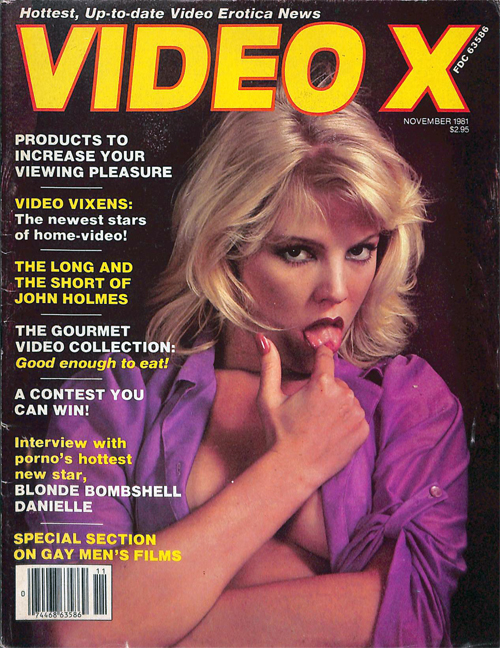

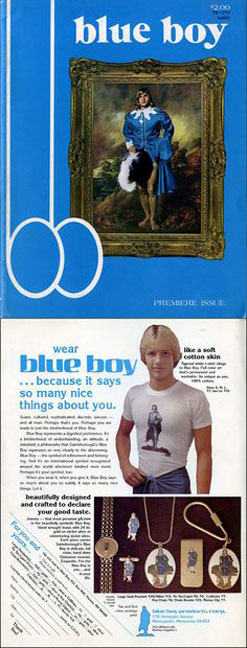
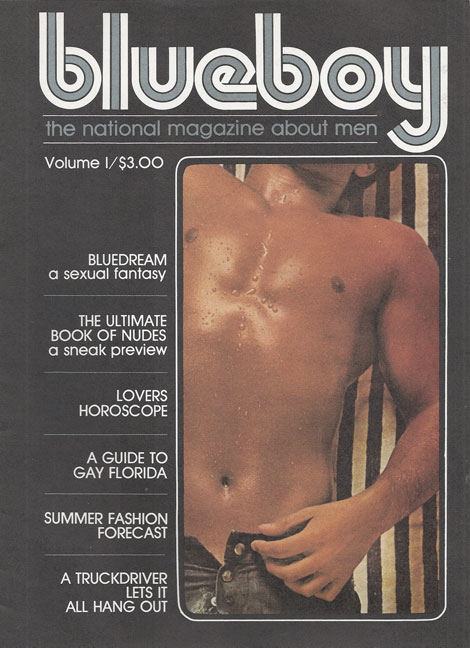
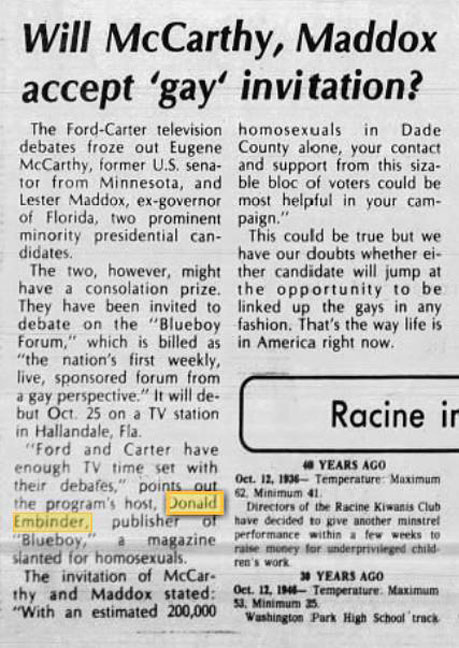
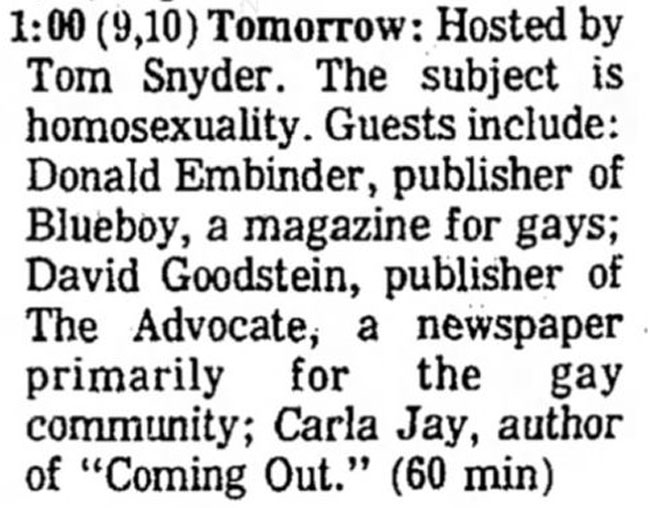
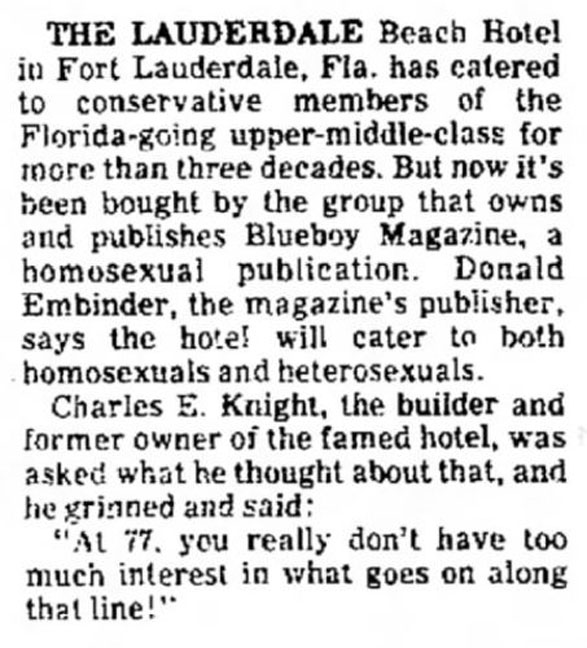
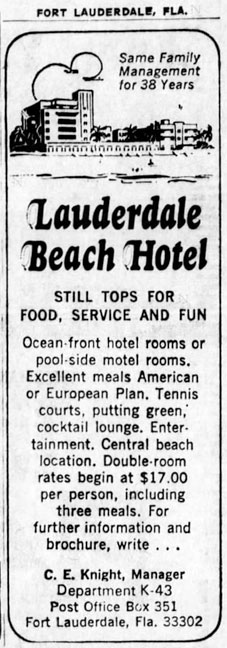
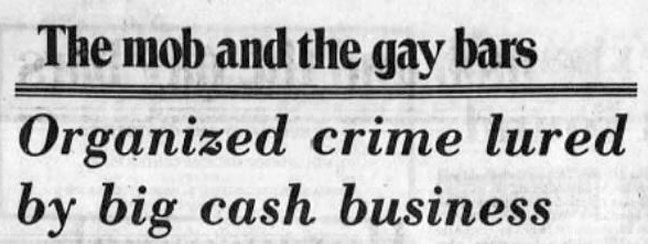
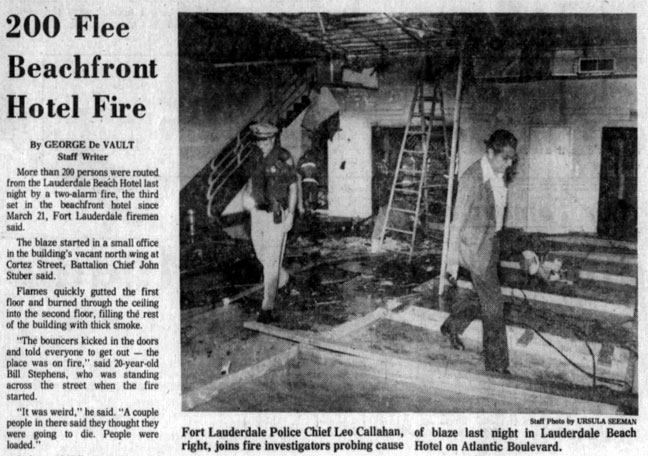



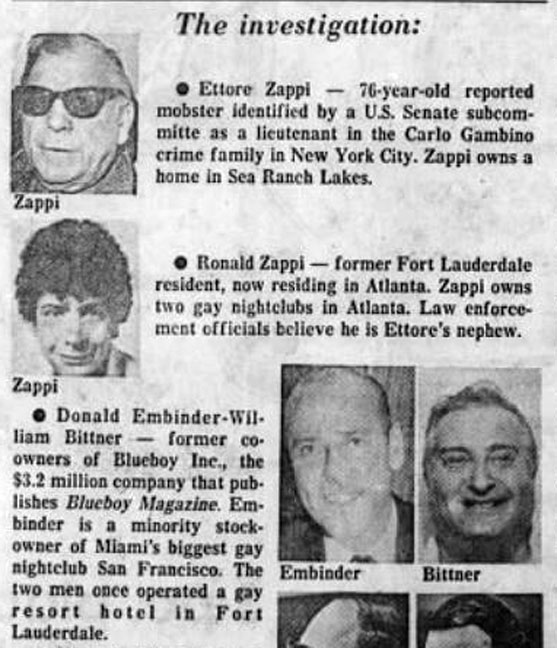
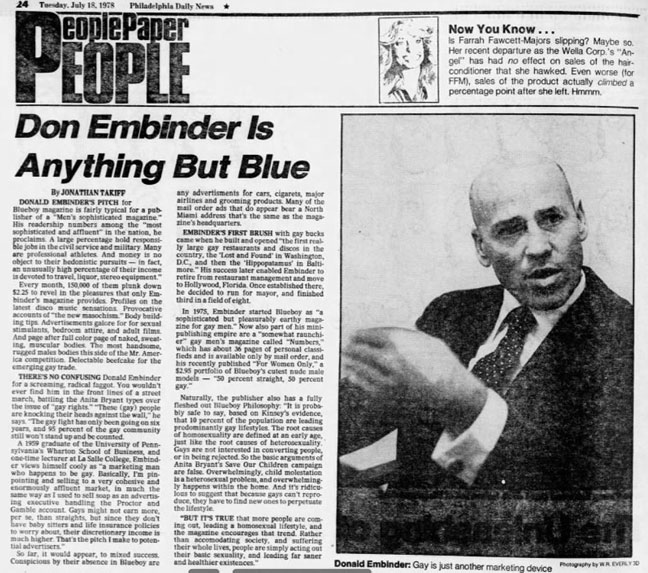

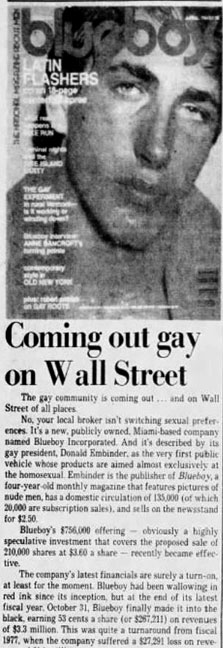
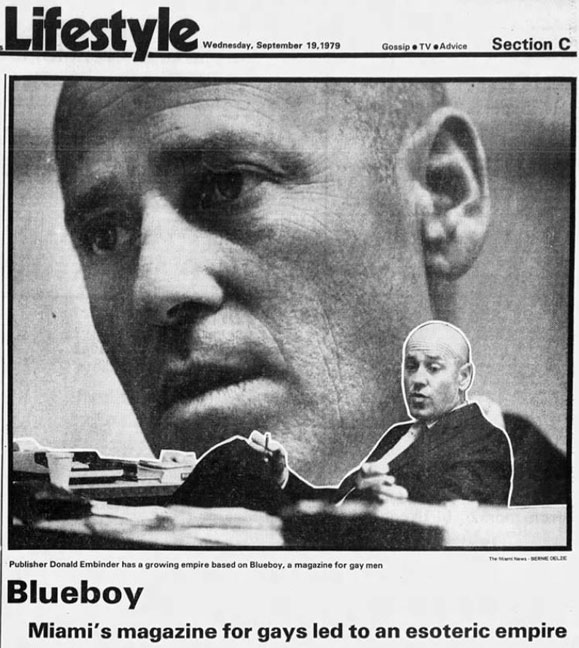
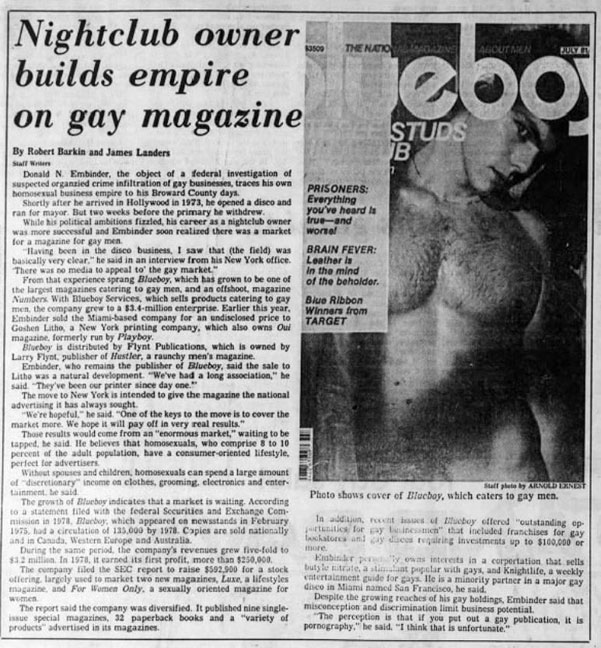
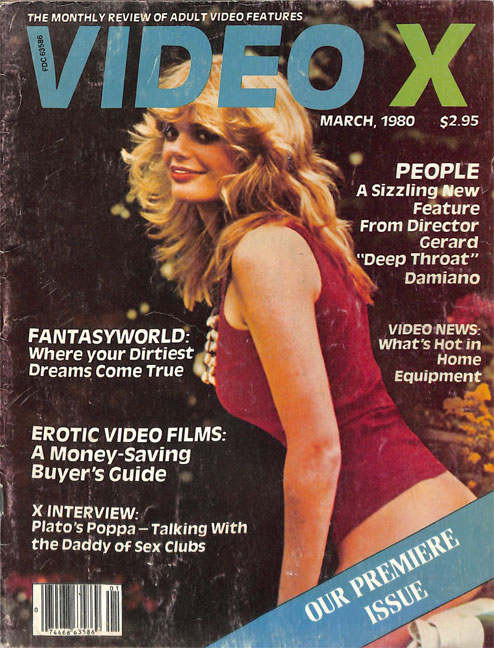
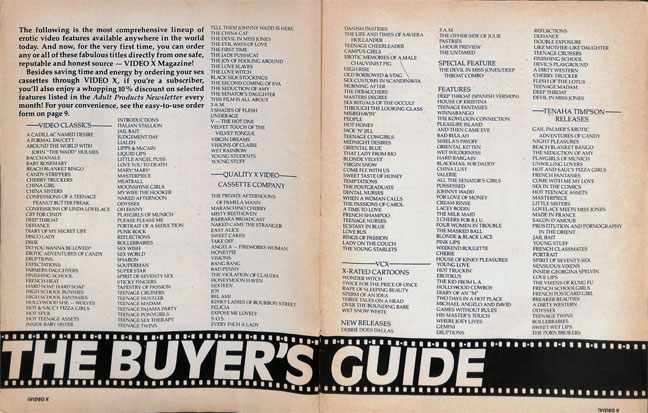
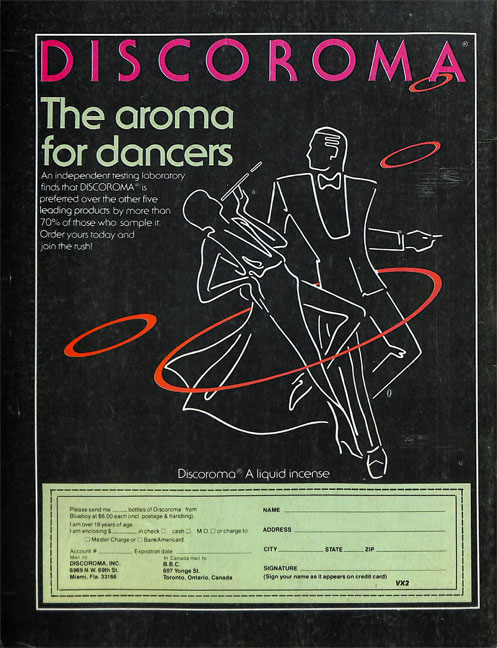
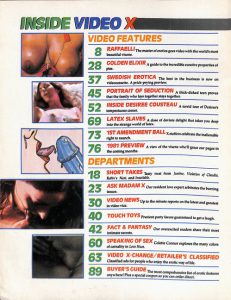
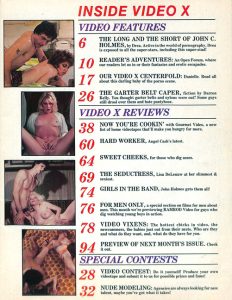
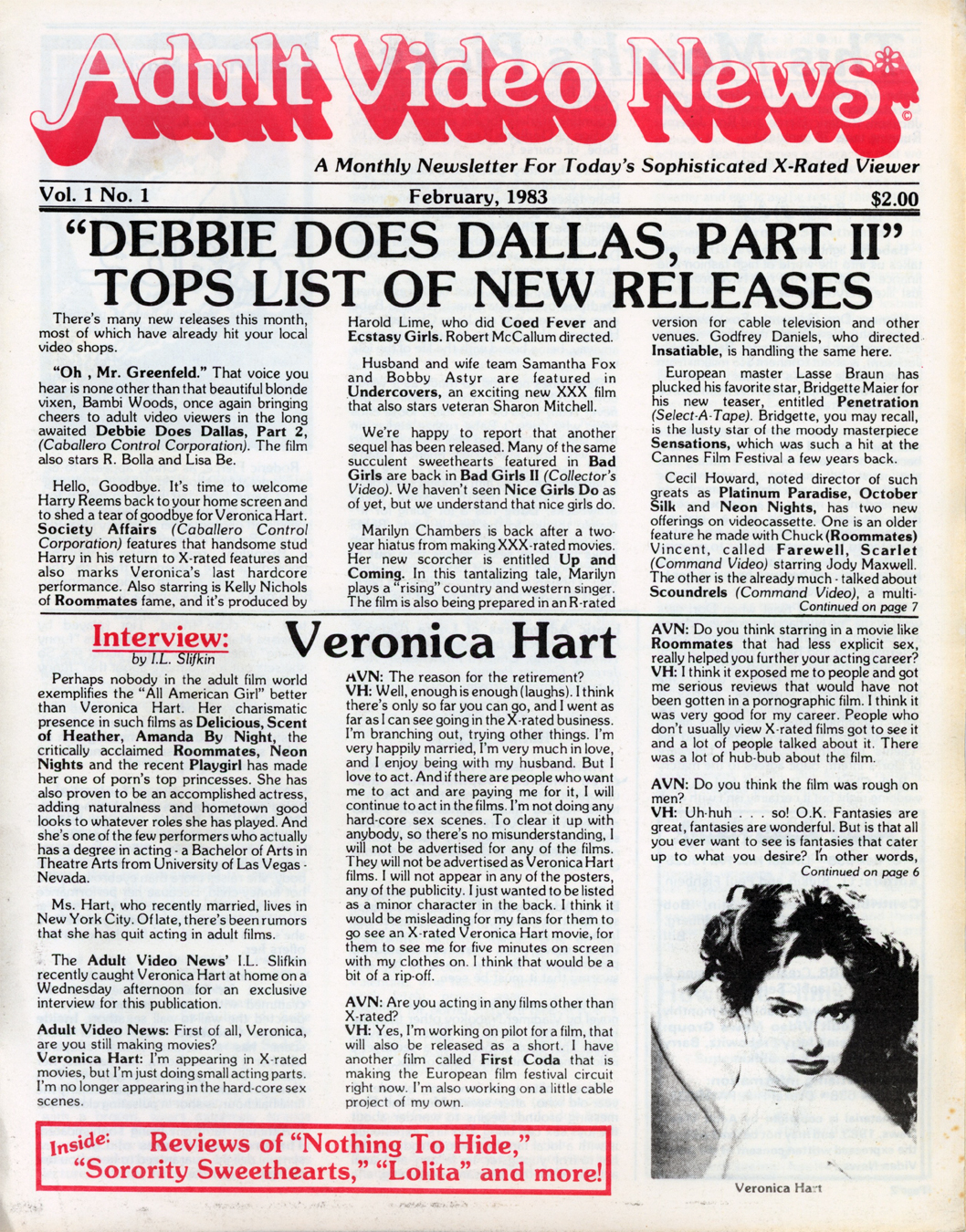
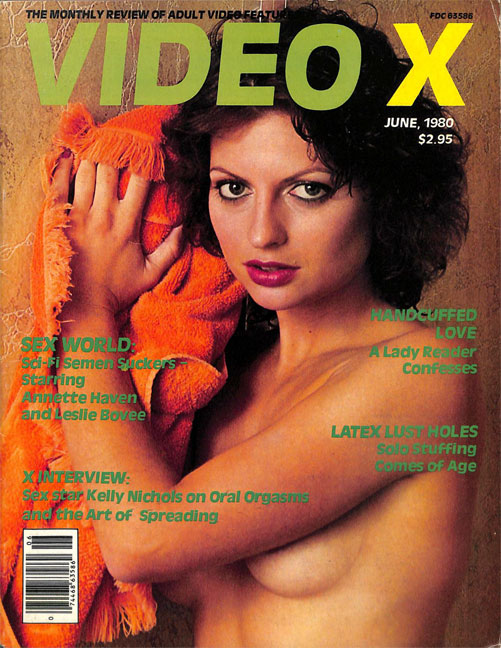
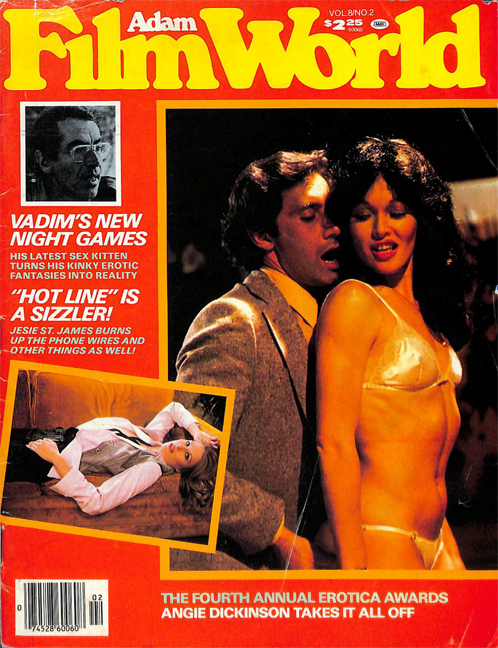

In this crazy world where nothing is sure, The Rialto Report is always dependable and reliable and high quality.
Thank you for the happiness you bring!
We so appreciate it Anderson!
Compelling story. And a public service in republishing these magazines… thanks for this site. It is AWESOME.
Thanks Harry!
I love the pics of my gorgeous co-stars. Can you imagine the great memories the photos stir up? Thankies ❤
Thank you as always Annette!
Was surprised: this mag seems positively demur in it’s choice of photos, compared to the weenus-filled shots in the others you’ve kindly shared.
I can’t lie that I’m more interested in this era circa A/C (After Christy), but these are great time capsules.
Also, the ads are hysterical! 🙂